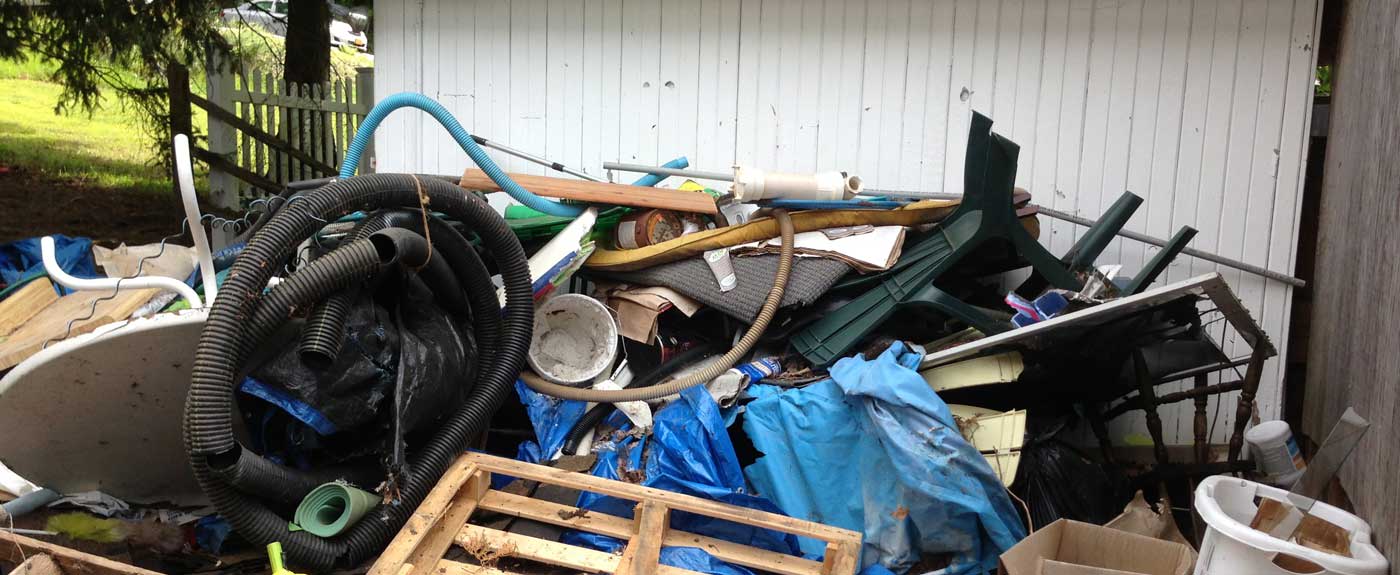Expert Waste Management Strategies Customized for Industrial Settings
Customizing waste monitoring techniques to suit the one-of-a-kind requirements of industrial setups is not simply advantageous however essential for preserving functional performance and ecological sustainability. The quest for improved waste administration in commercial settings involves a thorough strategy that balances regulative conformity, cost-effectiveness, and environmental responsibility.
Relevance of Tailored Waste Monitoring
Tailored waste administration techniques are essential in commercial setups to optimize resource use and decrease ecological impact. Industrial procedures create a significant amount of waste, varying from strong results to chemical contaminants, posing a danger to the environment if not managed properly (Atlanta junk hauling). By tailoring waste administration methods to fit the details needs and obstacles of each commercial center, business can not only follow guidelines but also improve functional performance and sustainability
One secret facet of tailored waste administration is performing a complete waste analysis to identify the kinds and volumes of waste generated. This assessment allows business to execute targeted remedies such as reusing programs, waste partition procedures, and waste-to-energy campaigns. By understanding the make-up of their waste streams, industrial facilities can establish affordable strategies to reduce waste generation at the resource, leading to long-lasting ecological advantages.

Kinds Of Hazardous Waste
What are the various categories of hazardous waste generally generated in manufacturing procedures? Hazardous waste can be identified right into a number of primary groups based upon its composition and qualities. Contaminated materials is among the most vital types, including chemicals, solvents, hefty steels, and other materials that pose a threat to human wellness or the atmosphere. This category often needs special delivery and disposal approaches to protect against contamination and make certain safety and security.
Another usual kind of hazardous waste is non-hazardous waste, which incorporates materials like paper, plastics, and product packaging waste. While non-hazardous waste may not posture prompt risks, proper administration is still necessary to reduce garbage dump usage and promote recycling and sustainability methods.

Contaminated Materials Handling Treatments
Effective administration of dangerous waste in industrial setups necessitates rigorous adherence to established handling treatments to alleviate risks and make sure environmental safety. Harmful waste handling treatments entail several crucial steps to lessen the potential influence on human wellness and the environment.
Secondly, as soon as determined, contaminated materials should be carefully set apart from non-hazardous waste to prevent contamination and make sure proper treatment. Storage space of contaminated materials ought to follow guidelines pertaining to containment, labeling, and compatibility to stop leaks, spills, or various other incidents that might jeopardize employees or the environment.
Moreover, taking care of procedures should include making use of individual safety tools, staff member training, and emergency action procedures. Normal inspections, tracking, and paperwork of contaminated materials handling tasks are critical to keeping conformity and identifying areas for improvement. By adhering to these structured treatments diligently, industrial facilities can efficiently manage contaminated materials and copyright their commitment to environmental stewardship.
Applying Efficient Reusing Practices

To apply effective reusing methods, commercial facilities must first conduct a waste audit to determine the kinds and quantities of recyclable products generated in their operations. Based upon this audit, business can then establish marked recycling stations, give suitable training to staff members on proper sorting strategies, and collaborate with trusted reusing companions for the collection and processing of materials. Furthermore, establishing details recycling goals, tracking progress, and frequently connecting with personnel Visit This Link about the relevance of recycling are necessary actions to guarantee the success and sustainability of reusing initiatives in commercial setups.
Surveillance and Continuous Renovation
To make sure the effectiveness and sustainability of waste administration methods in commercial setups, the implementation of robust tracking and constant enhancement processes is essential. Monitoring involves monitoring crucial efficiency indicators (KPIs) such as waste generation prices, recycling percentages, and disposal costs. Frequently examining these metrics enables services to determine locations for renovation and gauge the success of applied waste monitoring efforts.
Constant improvement is essential for refining procedures over time. It involves assessing monitoring information, determining ineffectiveness, and applying adjustments to enhance waste administration practices better. This repetitive strategy promotes a culture of recurring enhancement and innovation within the company.
Utilizing innovation like waste monitoring software application and IoT sensing units can streamline checking initiatives, providing real-time information for educated decision-making. Employee training and interaction additionally play an important role in ensuring the success of surveillance and continual improvement initiatives, as frontline personnel are usually principals in waste monitoring processes.
Final Thought
In verdict, customized waste administration approaches are essential for industrial setups to properly handle various sorts of waste, consisting of hazardous materials. By carrying find more info out reliable reusing methods and continuously tracking and boosting waste monitoring procedures, sectors can decrease their ecological influence and make sure conformity with laws. It is essential for companies to focus on waste monitoring to shield the environment and promote visit this site sustainability in their procedures.